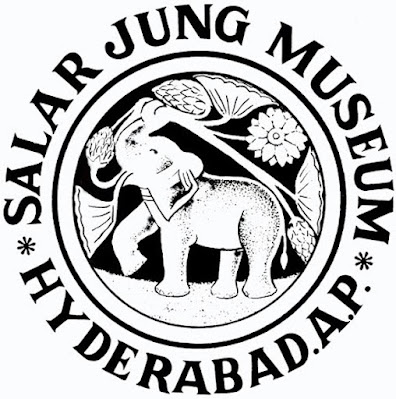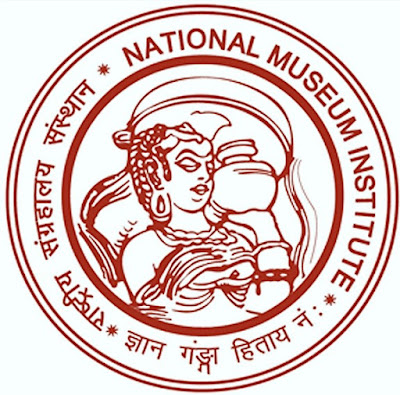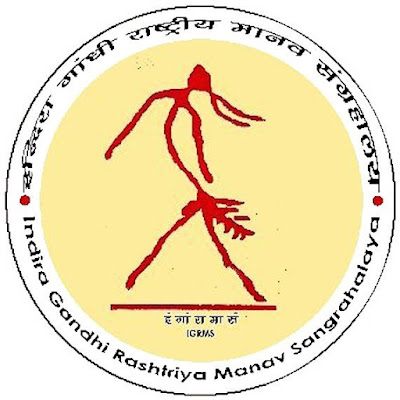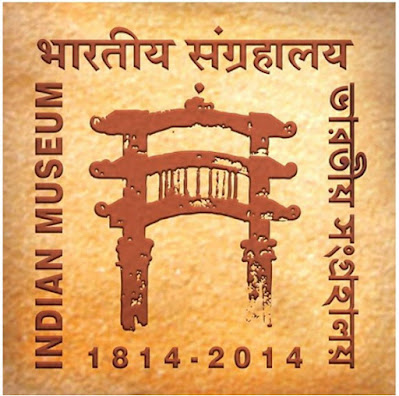NEHRU MEMORIAL MUSEUM AND LIBRARY
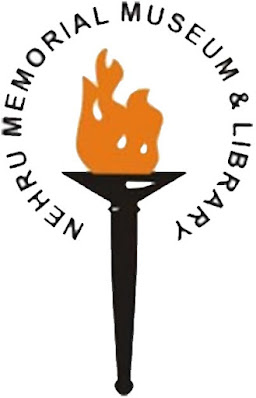
NEHRU MEMORIAL MUSEUM LIBRARY The Nehru Memorial Museum and Library (NMML) established in the memory of Jawaharlal Nehru (1889 - 1964) is an autonomous institution under the Ministry of Culture of the Government of India, located in the majestic Teen Murti House, the official residence of the first Prime Minister of India, it has four major constituents namely, a Memorial Museum, a Library on modern India, a Centre for Contemporary Studies and a Planetarium. Today, the Library houses not just an exhaustive collection of published material on numerous aspects of modern and contemporary history but also possesses an impressive and diverse archival holding. Regularly updated, expanded and made available for research, these holdings make the NMML a major academic destination for Indian and foreign scholars from diverse disciplines and varied fields of interest. Its emblem is a torch with orange flame and black torch handle. The flame is circumscribed by the name of the institution in bla
